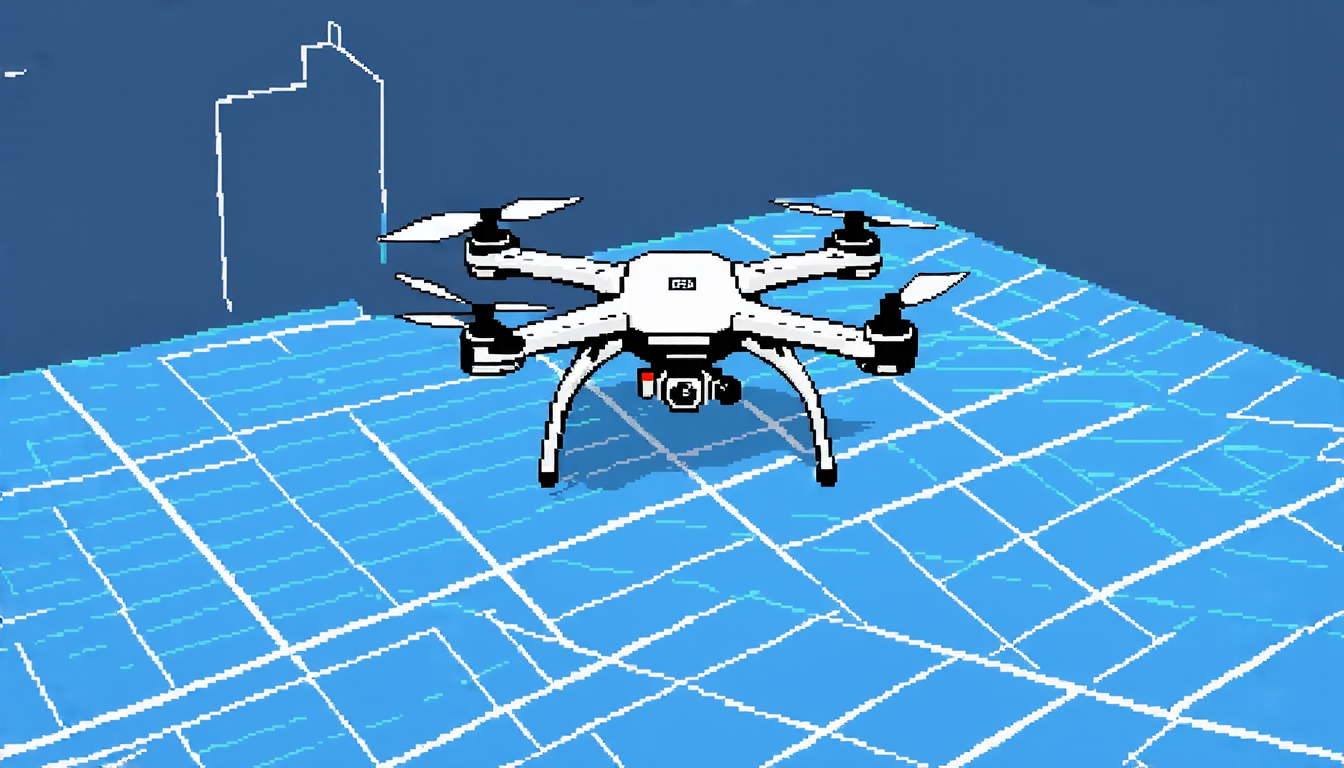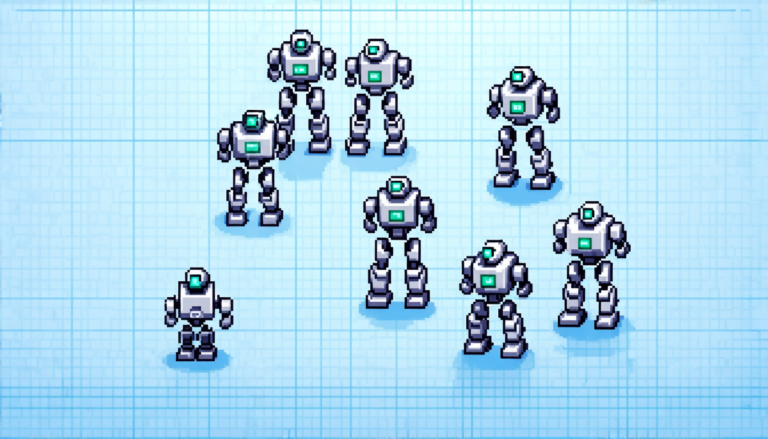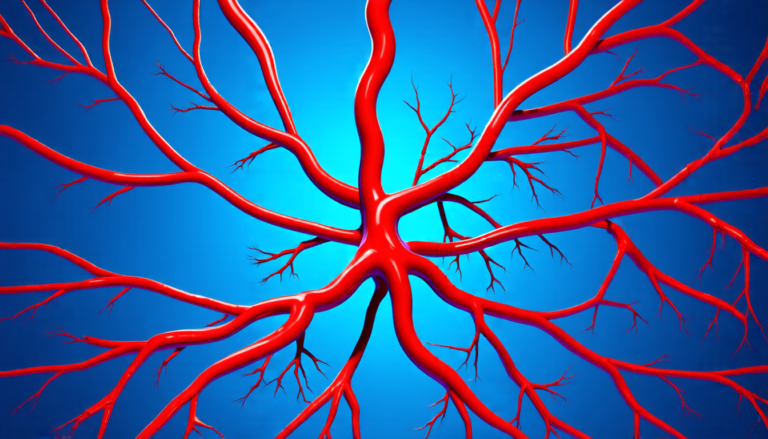Saturday 29 March 2025
The quest for accurate navigation in the absence of GPS has long been a challenge for roboticists and autonomous systems developers. The reliance on satellite signals can be problematic, especially in environments where signal strength is weak or non-existent. Researchers have been exploring alternative methods to supplement or even replace traditional GPS-based navigation, with inertial measurement units (IMUs) being one such solution.
Inertial dead reckoning, a technique that uses IMU data to estimate an object’s position and velocity, has shown promise in various applications. However, the accuracy of these systems can degrade over time due to the accumulation of errors from the IMU sensors themselves. To combat this issue, researchers have turned to deep learning approaches to improve the estimation process.
A recent study published in a leading scientific journal presents a novel neural network architecture designed specifically for quadrotor navigation using periodic trajectories. The proposed framework, dubbed QuadPosNet, leverages the predictable motion patterns of the quadrotor to estimate its position and velocity with increased accuracy.
The researchers utilized two datasets, one collected outdoors using a DJI Phantom 4 GNSS RTK quadrotor and another indoors using a Crazyflie 2.1 quadcopter. The datasets consisted of IMU data sampled at varying frequencies, accompanied by ground truth (GT) position information obtained through various means such as GPS or lighthouse positioning systems.
The QuadPosNet architecture was trained on these datasets, with the goal of minimizing the root mean squared error (RMSE) between estimated and actual positions. The results showed significant improvements in RMSE compared to a baseline model, with the single-head QuadPosNet achieving an 18% reduction in outdoor scenarios and the multi-head variant boasting a 27% improvement.
The study’s findings demonstrate the effectiveness of the proposed framework in enhancing inertial navigation accuracy for quadrotors flying on periodic trajectories. This advancement has significant implications for autonomous systems operating in environments where GPS signals are unreliable or unavailable, such as indoor spaces or areas with dense foliage.
While the QuadPosNet architecture is specifically designed for quadrotor navigation, its principles can be applied to other types of autonomous vehicles and robots. The use of deep learning techniques to improve inertial dead reckoning has the potential to expand the boundaries of what is possible in terms of autonomous operation, enabling systems to navigate with greater precision and reliability.
Cite this article: “Enhancing Inertial Navigation Accuracy for Quadrotors Using Deep Learning”, The Science Archive, 2025.
Gps, Inertial Measurement Units, Imu, Dead Reckoning, Deep Learning, Neural Network, Quadrotor Navigation, Autonomous Systems, Robotics, Positioning Accuracy
Reference: Shira Massas, Itzik Klein, “Quadrotor Neural Dead Reckoning in Periodic Trajectories” (2025).







